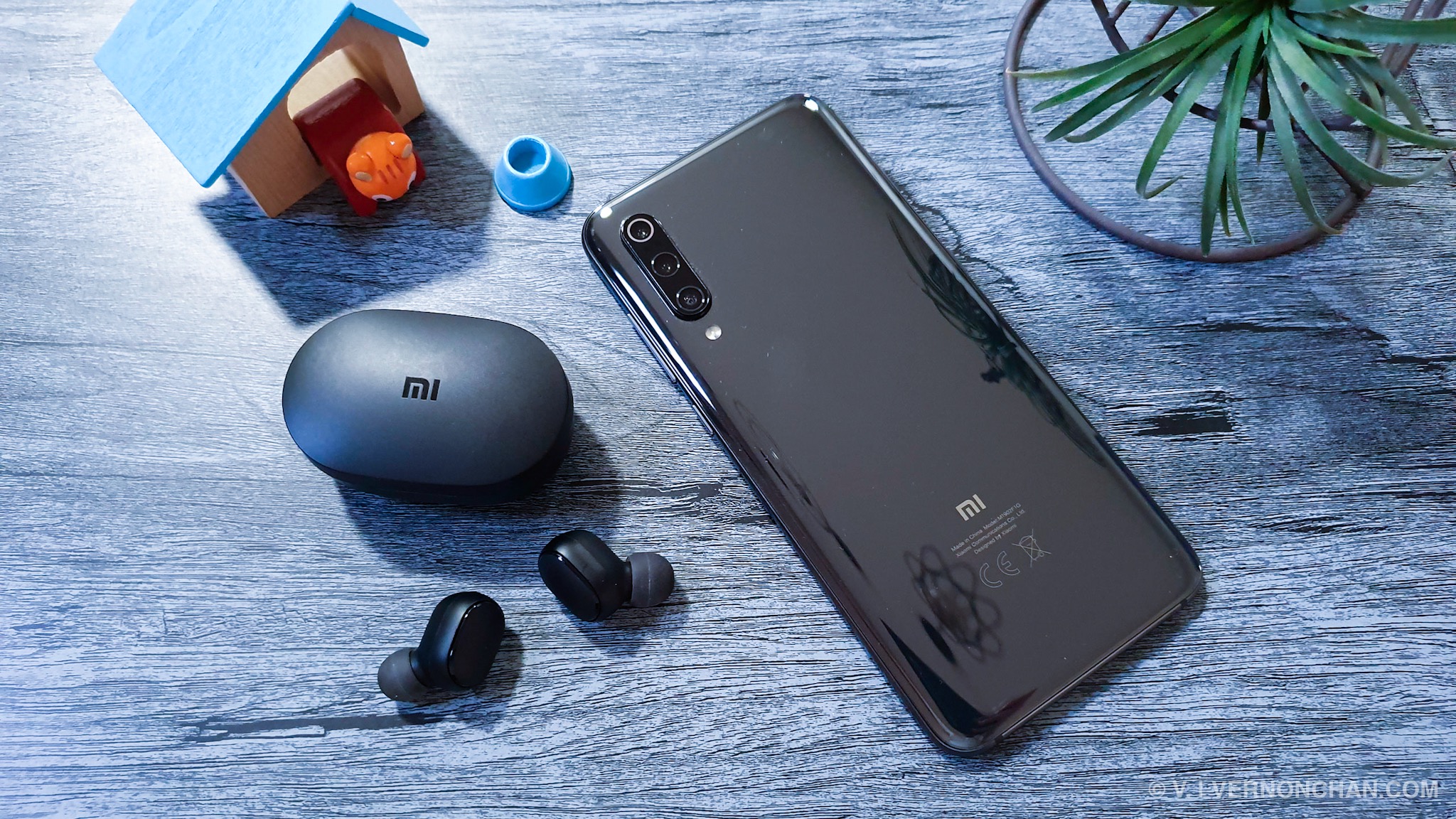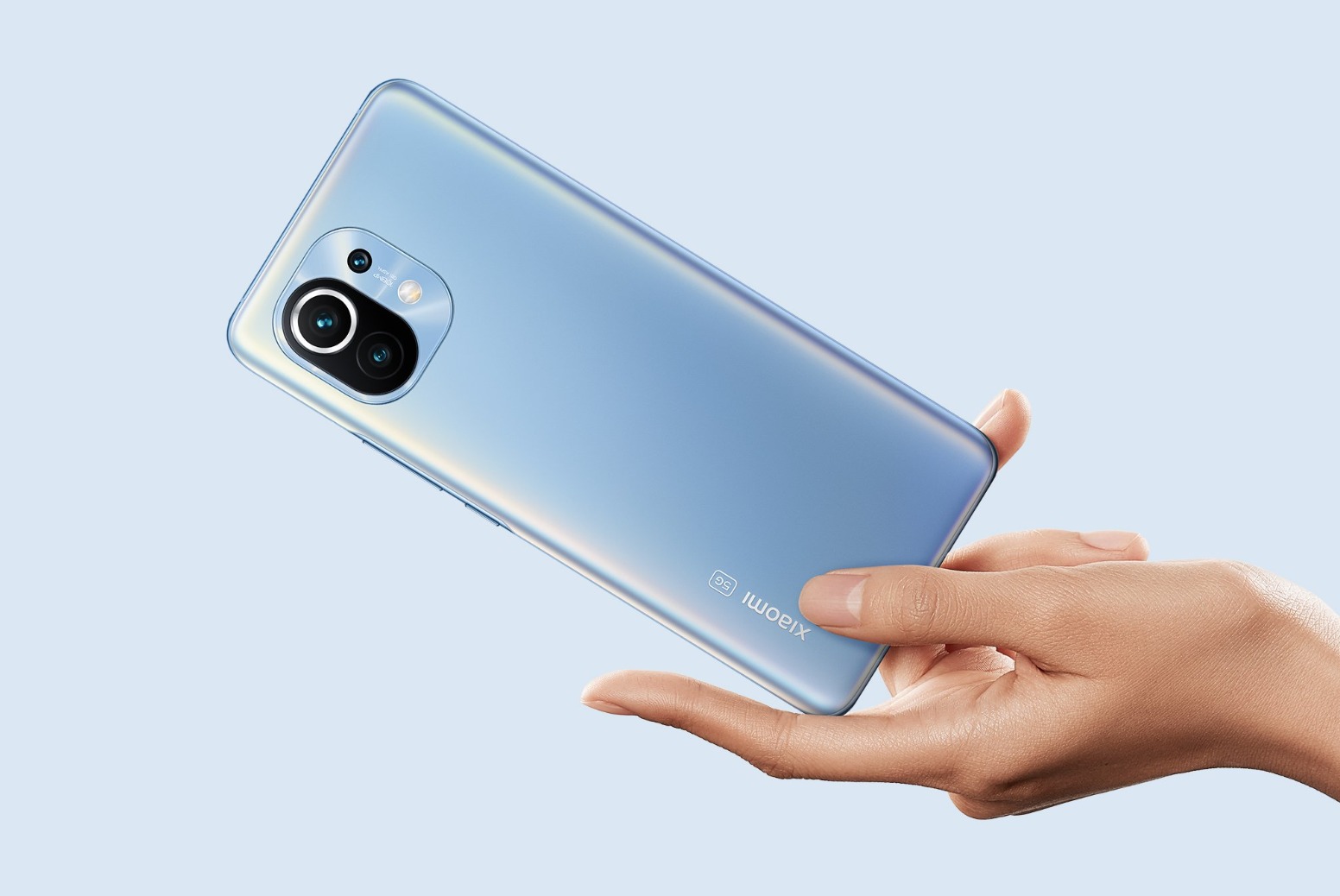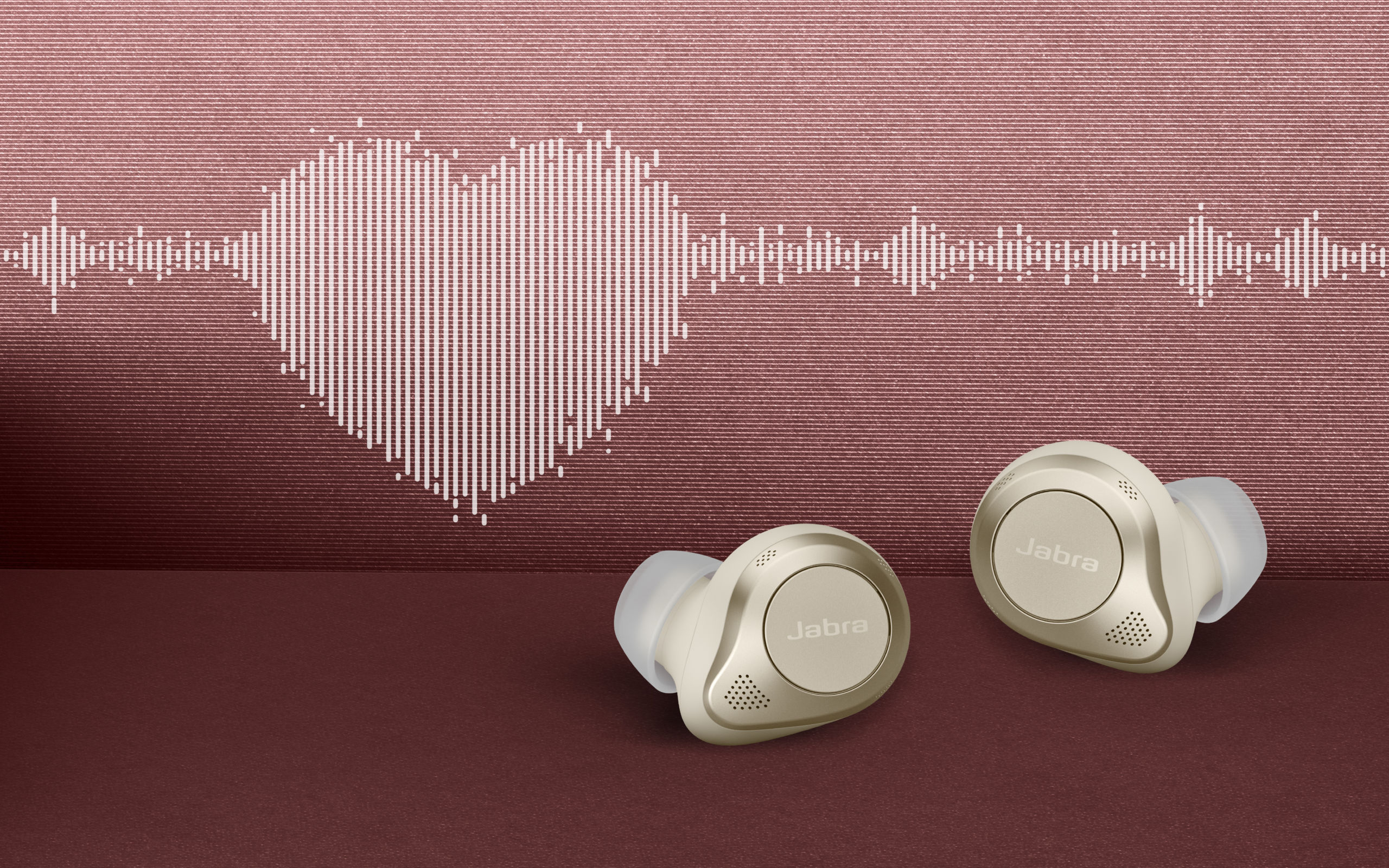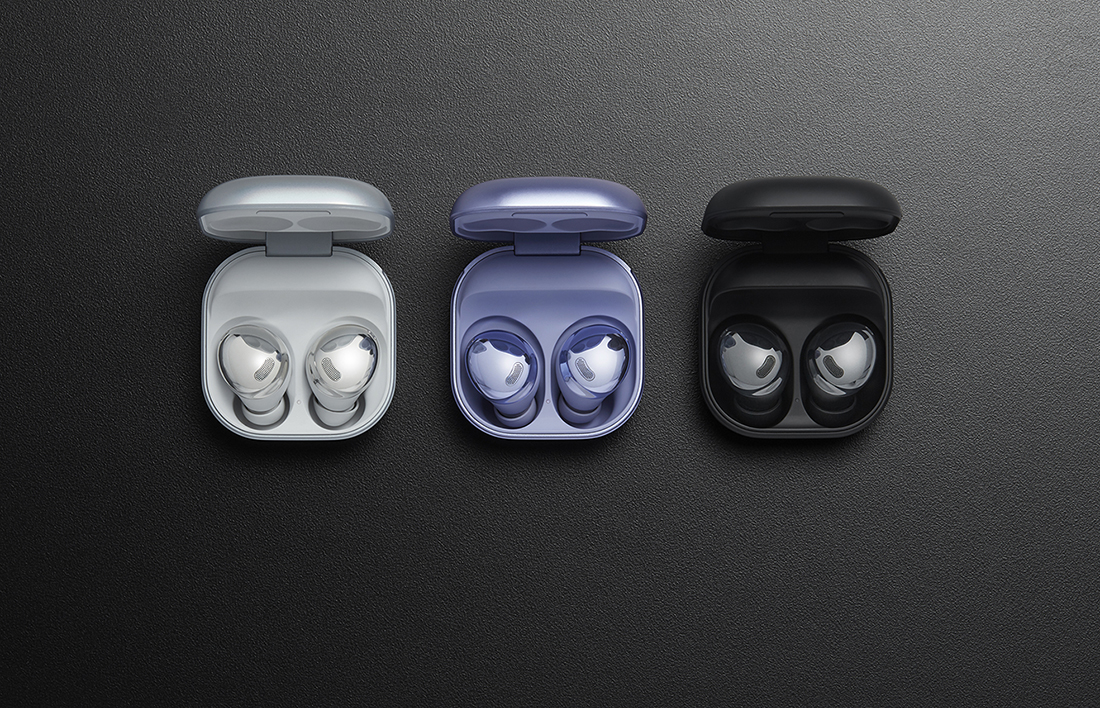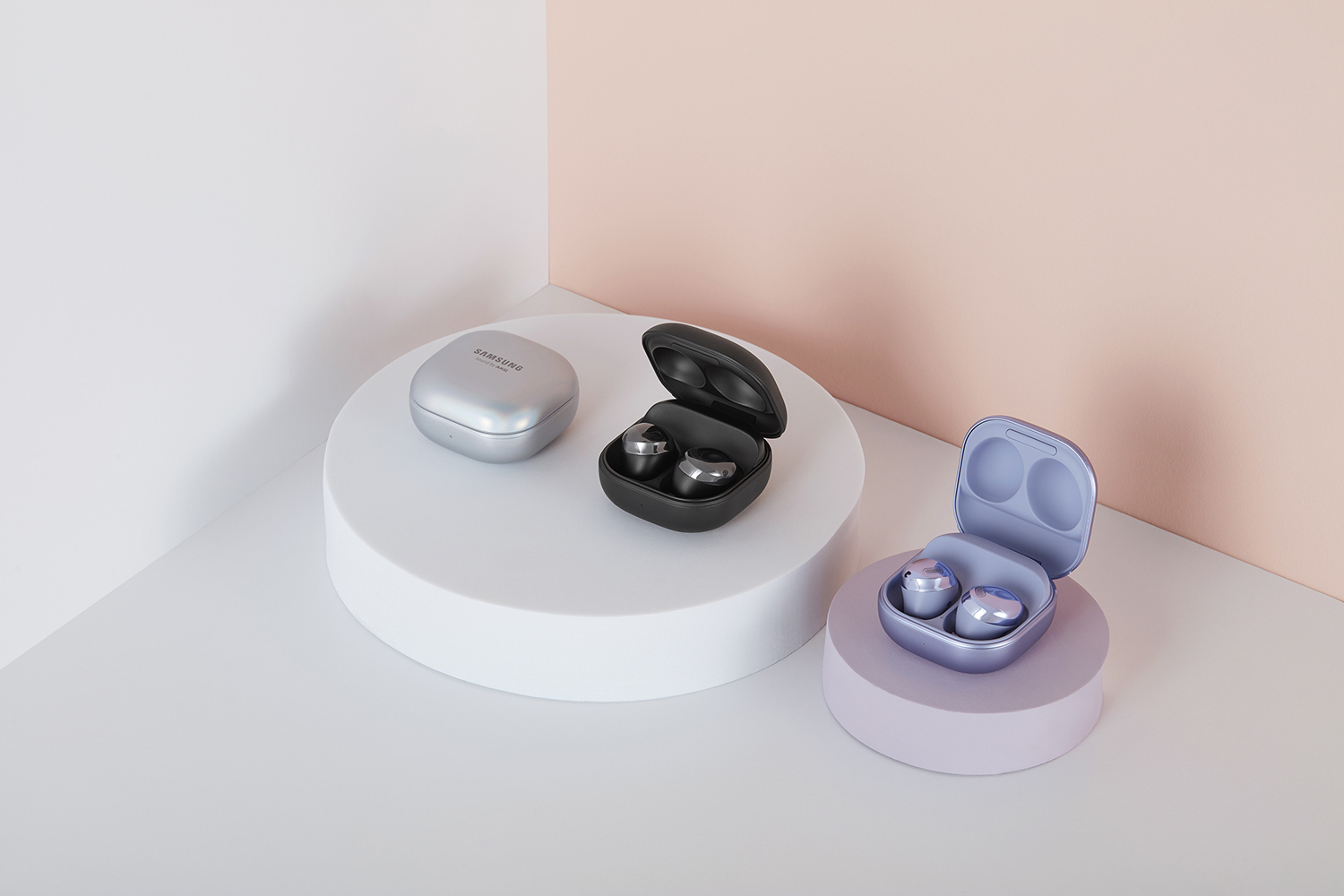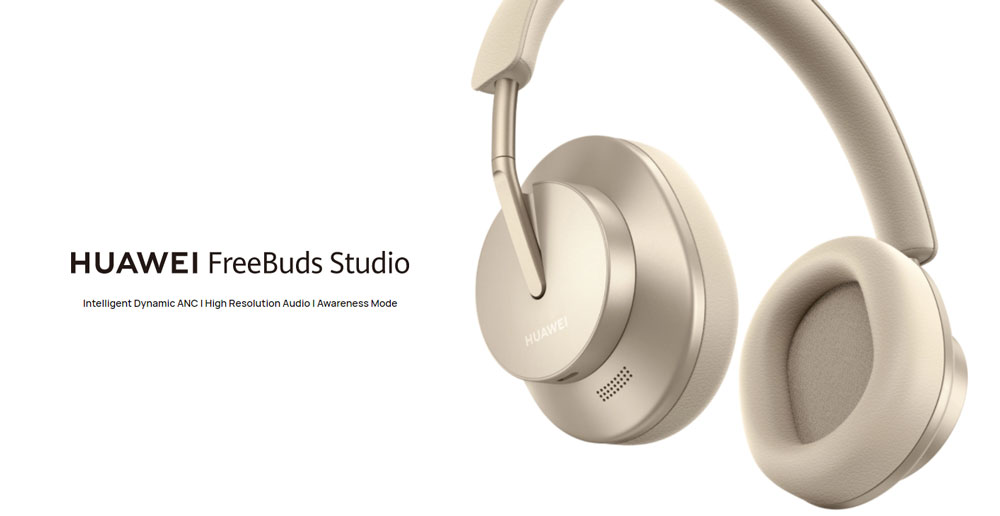Unlike most reviewers and consumers who have been lamenting about the gradual disappearance of the 3.5mm audio jack on newer flagship smartphones, I just have this to say, if you can spend upwards of RM3,000 on a smartphone, I’m pretty sure you can fork out the cash for a pair of good wireless headphones or a USB-C to 3.5mm adapter at the very least.
However, if you are a real skinflint and don’t want to spend on high-end (pricey) true wireless earbuds like the Apple AirPods, Sony WF-1000XM3, JBL UA Project Rock, Samsung Galaxy Buds or cheaper unknown brands, you can look to the ever reliable Xiaomi. They have Redmi AirDots, which sit in the middle-ground of being affordable; from a brand that has a decent track record when it comes to audio gear.
After spending an extensive time with them, here are my thoughts on the Xiaomi Redmi AirDots.
Design & build
The Redmi AirDots aren’t actually the first pair of true wireless earbuds from Xiaomi. That honour goes to the Xiaomi Mi AirDots. Similar to their smartphones, these pair of Redmi earbuds are pared down versions of the Mi AirDots. So in terms of look, they look almost identical to the Mi AirDots, just that they are smaller in size. Also, the Redmi AirDots are only available in Black while the Mi AirDots come in White.
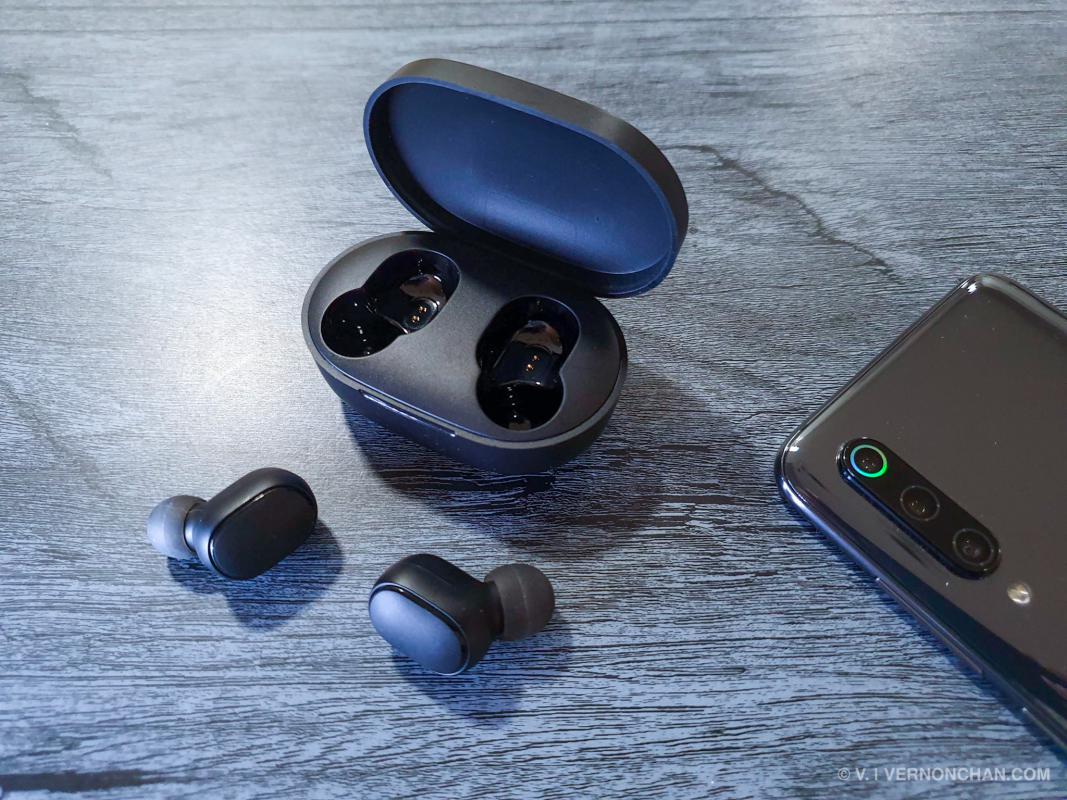
The Redmi AirDots are made entirely out of polycarbonate, making them incredibly lightweight and while they don’t feel very robust, they don’t feel cheap either. These earbuds have a rounded design which make them sit comfortably in most ears, however, the in-ear design can be a hit and miss for some. For example, it sits snugly in my right ear but is a little loose for my left ear. Maybe Xiaomi should add in some ear hooks or fins for a better fit in the next version of these earbuds.
Other than that, both sides of the AirDots also come with tiny LED indicators that alternate between red and white.
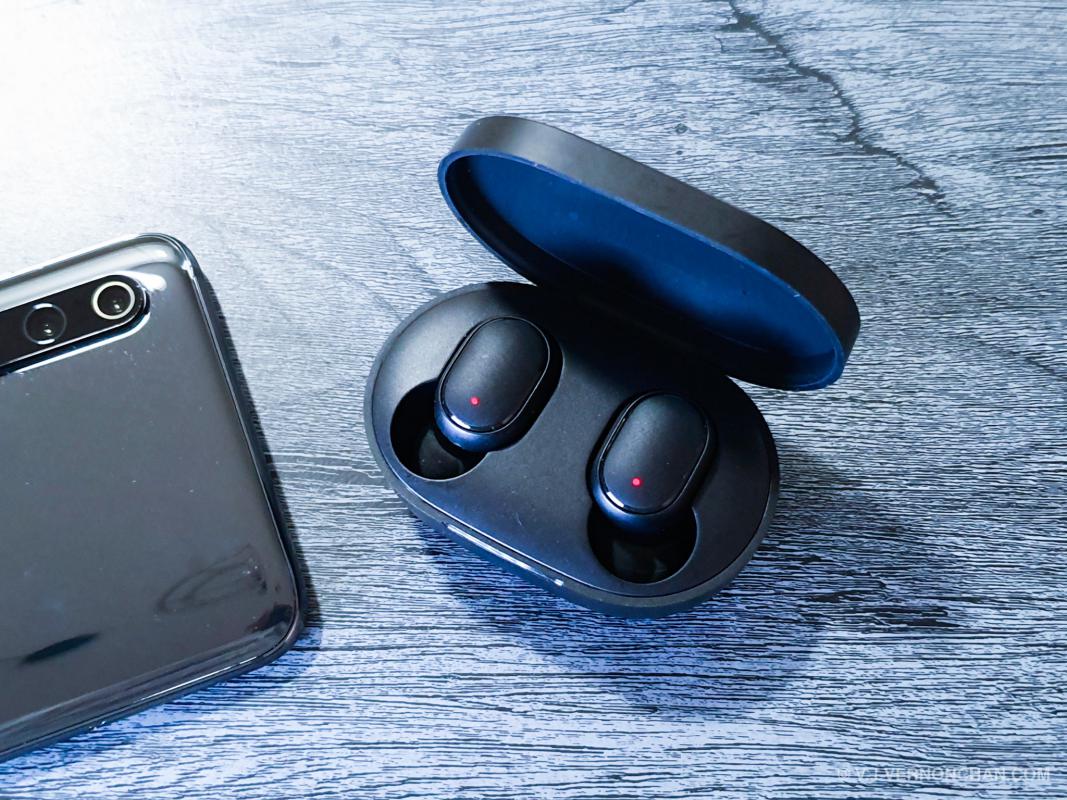
As for the charging case, it comes in that same matte black polycarbonate material and once again, it’s not the most robust feeling thing out there. However, it is quite small and shouldn’t cause too much of a discomfort when you put it in your pocket and won’t take up too much space in a backpack. There’s also a micro-USB port at the back to juice up the case and when it’s plugged in, a tiny red LED indicator on the front will light up and turns off when it’s fully charged.
Last but not least, the AirDots are supposed to be IPX4 rated, meaning they are sweat and water-resistant. I personally haven’t tested if this is true or not though.
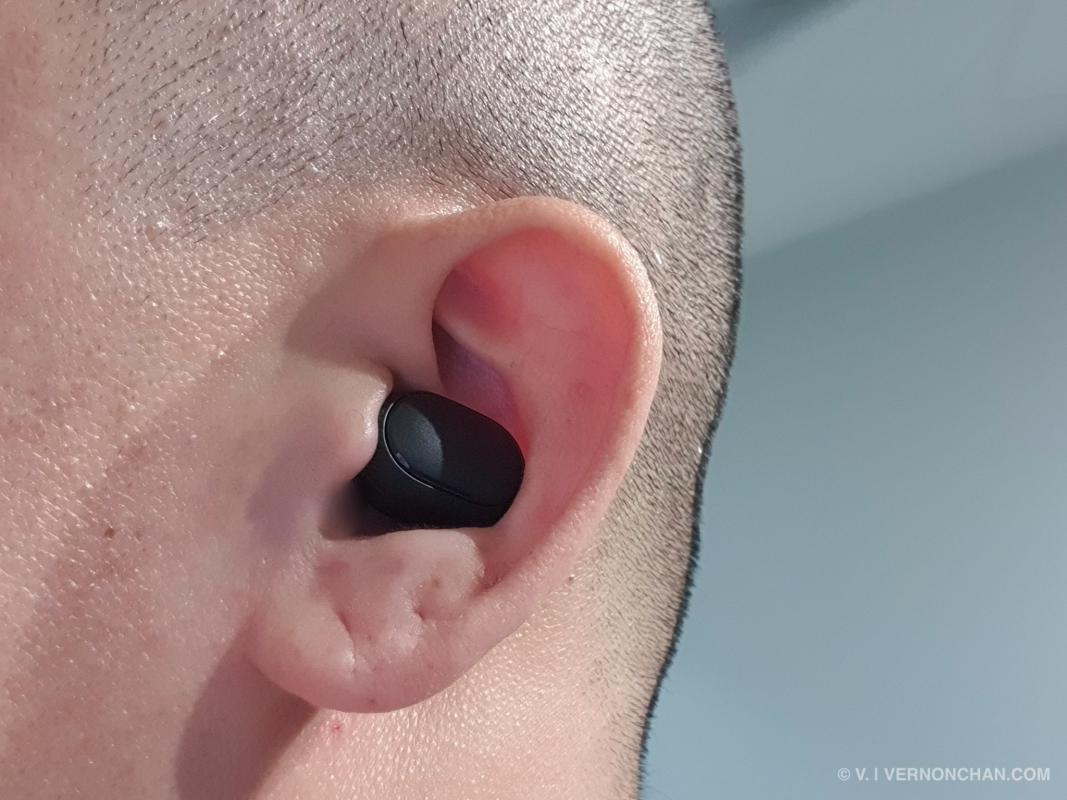
Extra features
On both of the AirDots, the entire top of the earbuds are physical buttons. They’re extremely clicky and can be used to do a few simple things. A single press when you’re playing music or when you receive a phone call serves as a Play and Pause feature or to answer calls. If you press the button twice, it activates Siri or Google Assistant commands.
Pairing to the AirDots is also a very simple affair. Similar to most True Wireless earbuds, once it’s paired to your device of choice, all you have to do the next time is turn on your Bluetooth and take the AirDots out of the case. Another nice touch is that you can also pair to just one side of the AirDots, this is great especially when you’re driving so you don’t have to use both sides.
That’s pretty much it really, it would have been nice if there was a way for users to control the volume or skipping tracks as well but that’s really just me nitpicking.

Audio quality
Now down to the most important aspect of a pair of earbuds, audio quality. The AirDots have 7.2mm drivers and overall, I found the audio it produces quite well-balanced albeit being a little on the bassier side. Clarity on the other hand is good only if you kept the volume between 75 – 80%. Any higher and you will get quite a fair bit of distortion and audio becomes quite tinny.
Sound staging was also very nice especially when I was listening to albums such as Ghost’s Ceremony and Devotion or Alter Bridge’s Live at the Royal Albert Hall Featuring the Parallax Orchestra. These albums were recorded live and I could easily hear the more subtle instruments such as flutes playing in the background. Even without support for Qualcomm aptX HD audio, I’d still say that the overall audio quality is really good.
While it doesn’t have Active Noise Cancelling, sound isolation was actually quite good as it would easily drown out the surrounding noise of a busy airport or LRT station. It was only defeated by a crying baby in a very packed airplane.
Call quality was a little hit and miss though because usually on my end, I’d be able to hear the person on the end loud and crystal clear. The same can’t be said for the other person as they usually complained about it being very noisy especially when I was outdoors. This is probably because the mic amplifies ambient sound instead of cancelling it out.
One other little issue comes with the fact that the Redmi AirDots despite using Bluetooth 5.0, I noticed occasionally that there is a slight lag especially when I was watching videos or playing games. Also, I’ve experienced a couple of times when I was moving around my head quite a bit, audio skip and I’d miss a few seconds of the song I was listening to. Mind you, I wasn’t even headbanging and more like just bopping my head to the music.
On the flip side, the support for Bluetooth 5.0 shines through in terms of range. Officially, the range is said to be up to 10 metres, however, I think I may have gone a little bit further and still received connection.
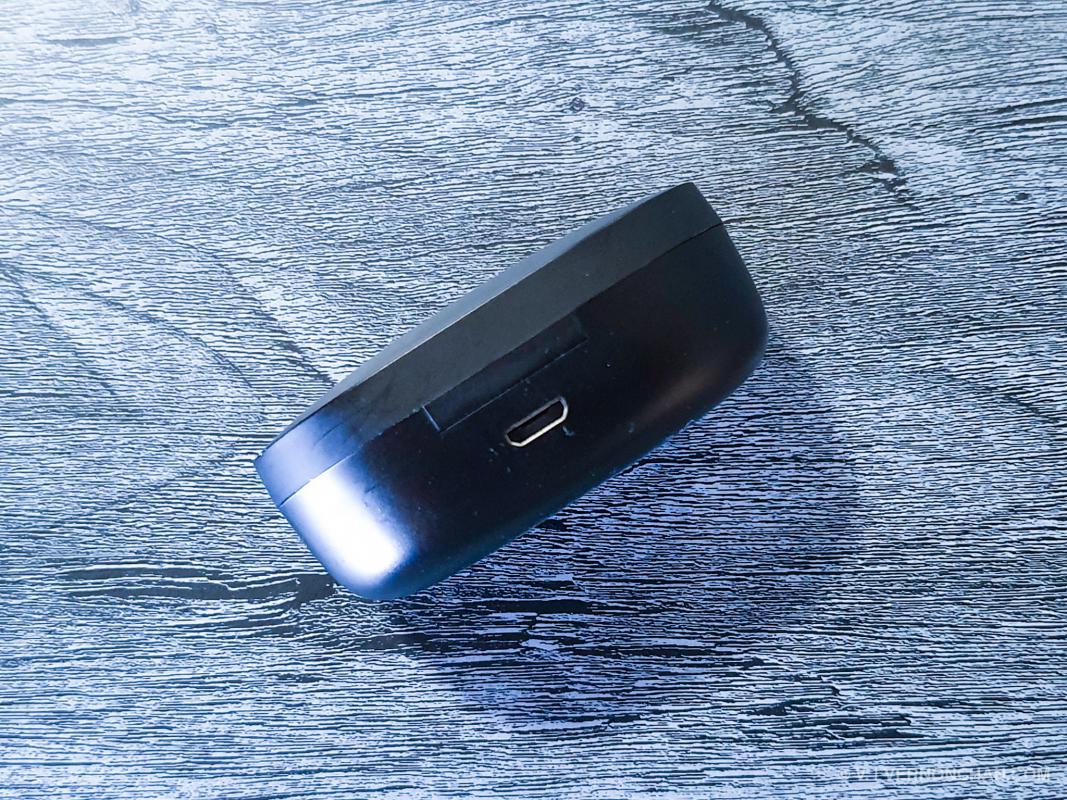
Battery life
Xiaomi notes that the Redmi AirDots have a battery life of four hours but as far as my usage goes, the 40mAh batteries have lasted me about 3 hours and 30 minutes. I usually use them with the volume set at about 75-80%, so if you go any higher, you’d probably get less mileage out of them. So, since it’s about 30 minutes off the official rating, I’d say it’s pretty good.
The good thing is, you do have the case that also doubles as a charger and it has a 300mAh battery; which means you could potentially get up to 14 to 15 hours of audio playback. It usually takes about 1 hour and 30 minutes to get the AirDots to fully charge the AirDots, which isn’t too bad. As for the charging case, it’ll take about 2 hours to fully charge it. It’s not the quickest but that’s what you get with micro-USB.
One final note about the charging case is that although it enables the earbuds to snap into place to charge via a magnet, I’ve noticed that it isn’t the strongest magnet or tightest fit as there were a few instances when my smartphone connected to the AirDots while they were in my backpack.
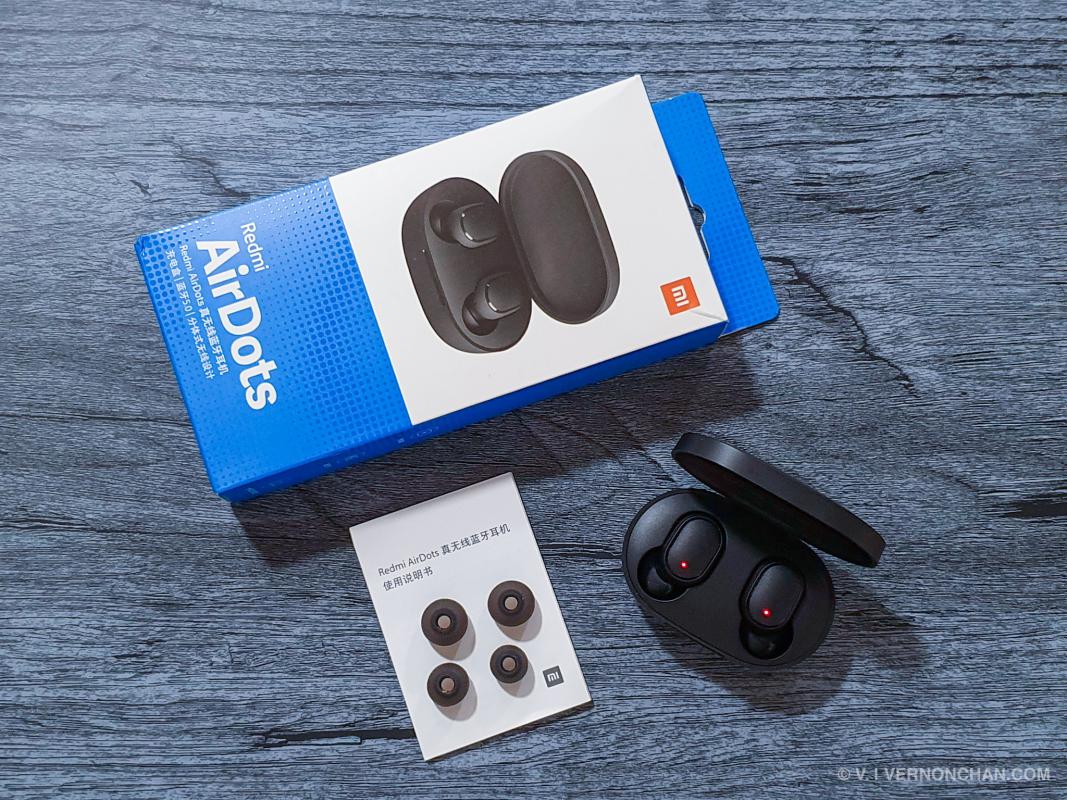
In the box
- Redmi AirDots (Left & Right)
- Charging Case
- Replacement earbuds (S/M/L)
- User guide
Pros
- Portable and compact design
- Decent battery life
- Decent performance for the price
- IPX4 rated
- Siri and Google Assistant support
- Price
Cons
- Limited control features
- Occasional latency issues
- No support for Qualcomm aptX
- Subpar call quality
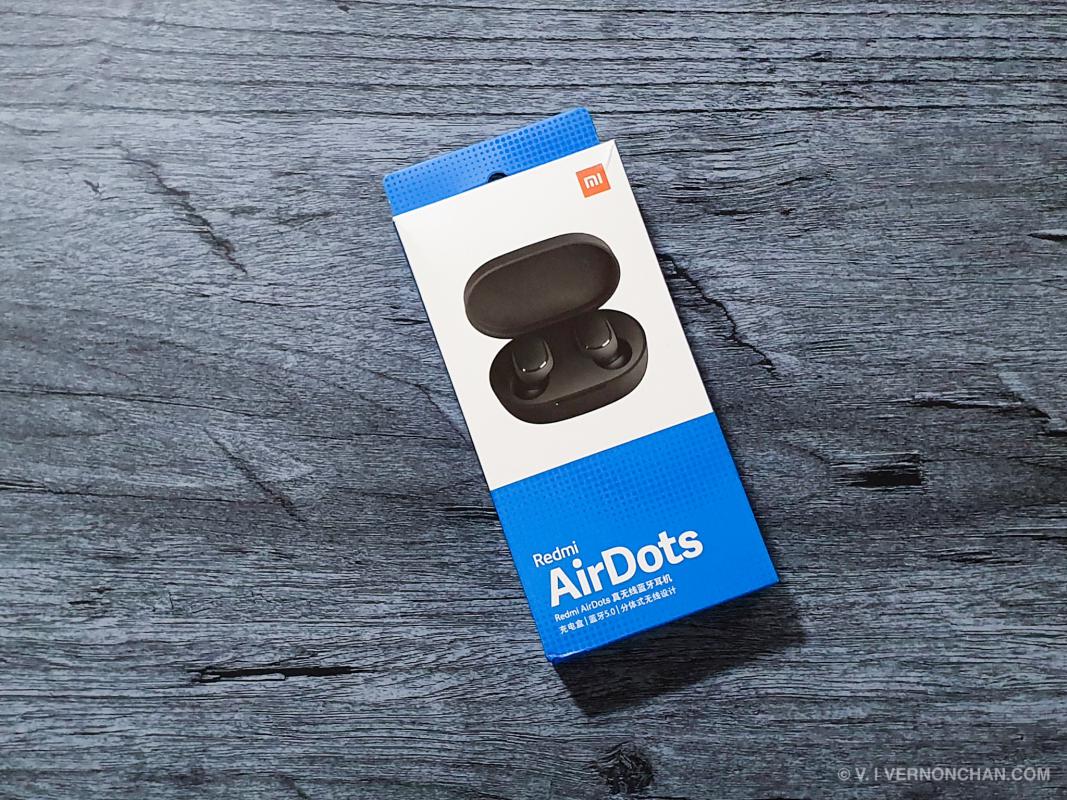
Verdict
While the Xiaomi Redmi AirDots are a solid pair of true wireless earbuds in my book, it may not be for everyone, especially the more discerning users who take their audio quality seriously. If you’re on the spectrum of being an audiophile or want wireless earbuds that have a few more features, then the AirDots aren’t going to meet your wants and needs.
However, if you’ve been on the fence about going truly wireless when it comes to your audio accessories, then the Redmi AirDots may be a good entry point before moving on to something a little more high-end.
Or you could just be like me and want a pair of true wireless earbuds that are inexpensive, have decent sound quality and are incredibly portable. Cherry on top the ice cream, you don’t have to deal with messy cables or dongles.


